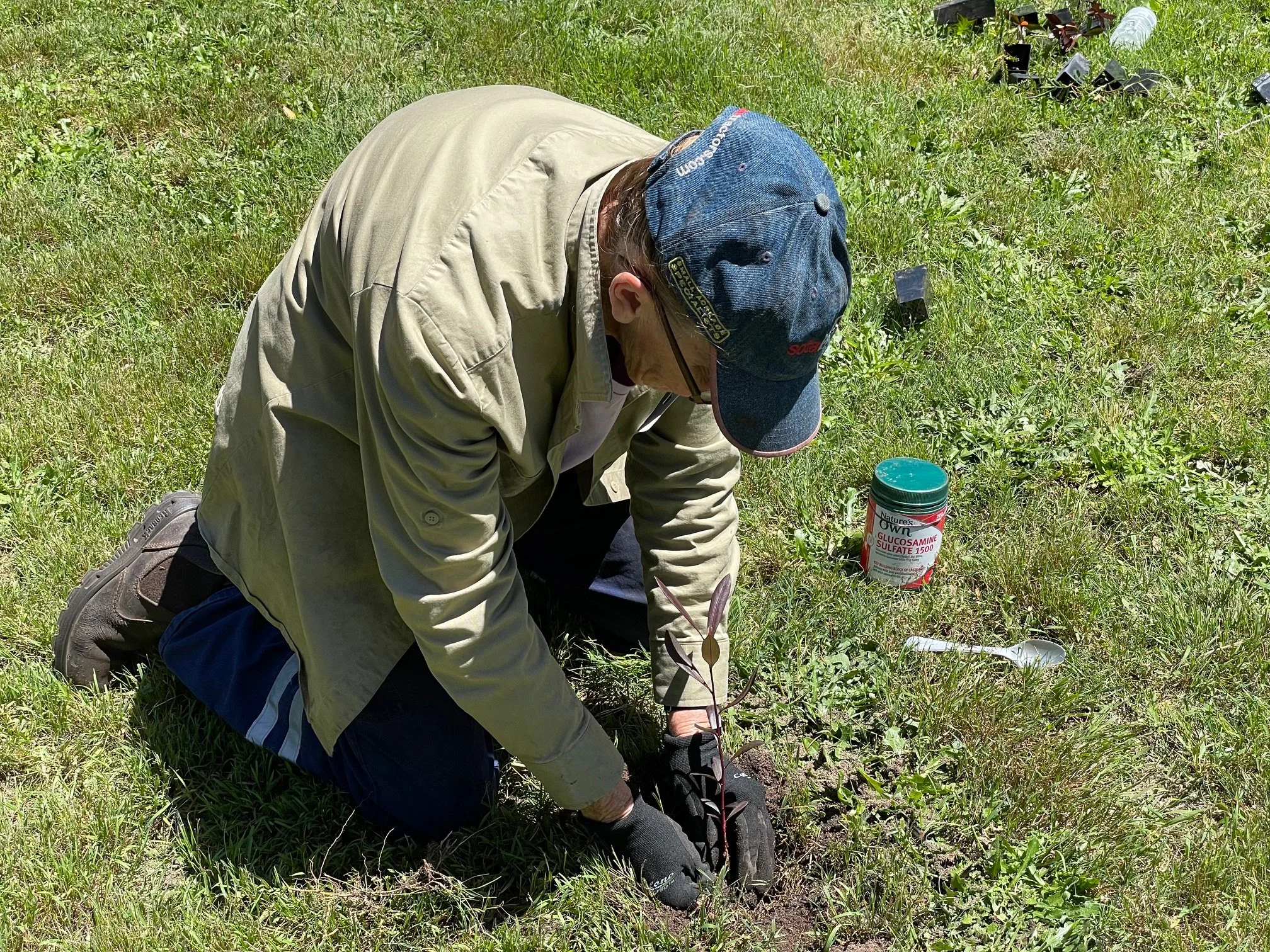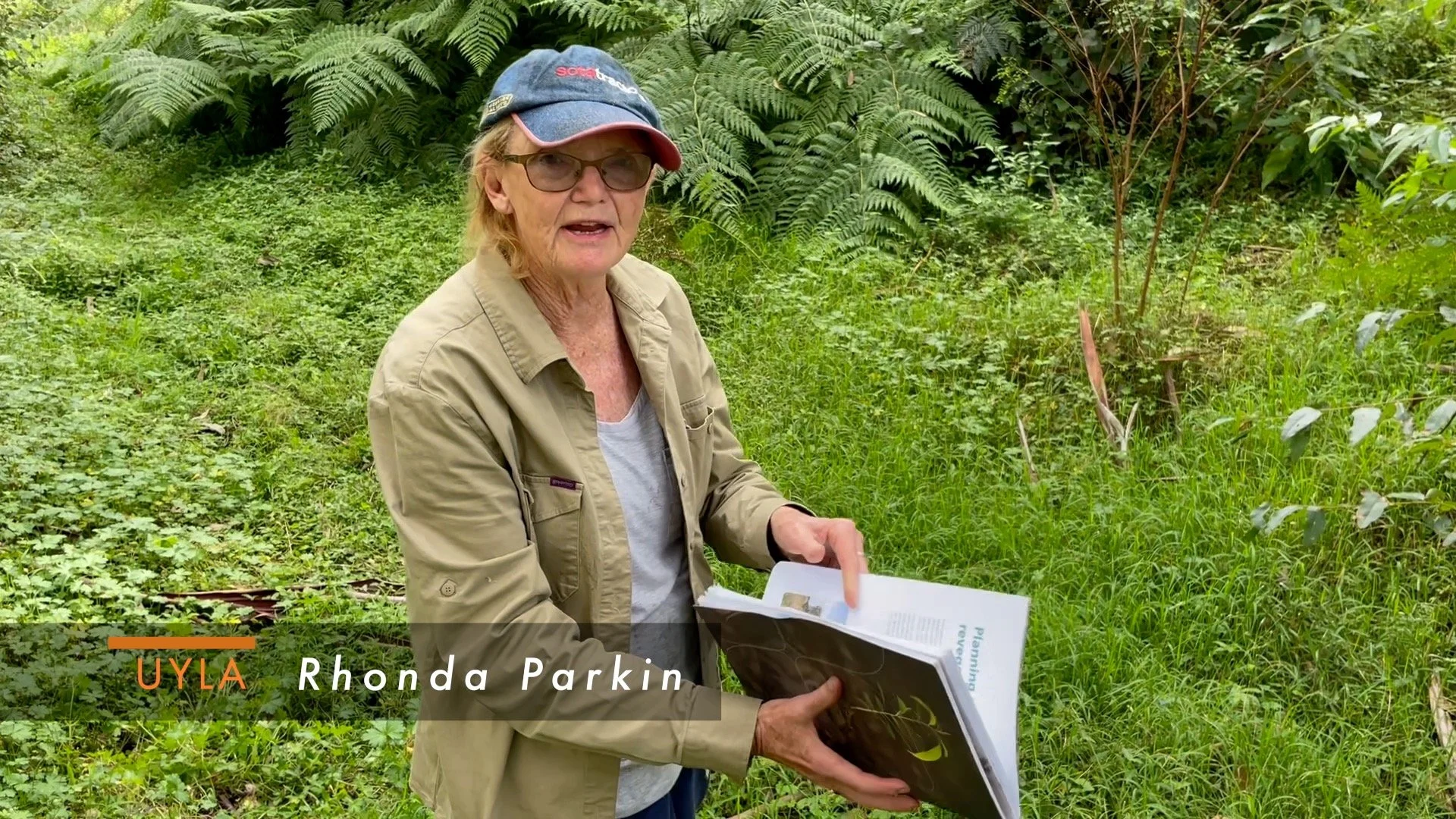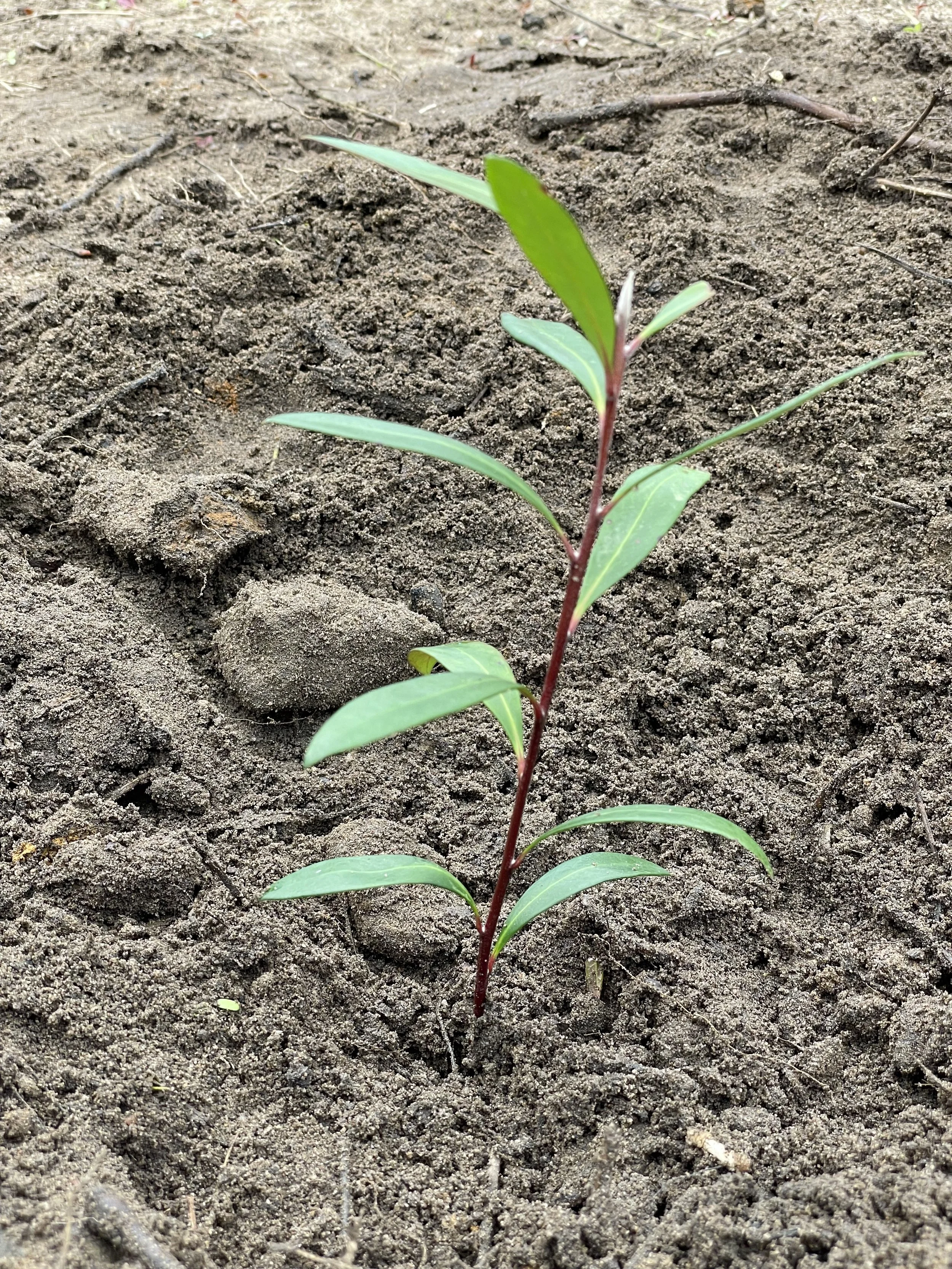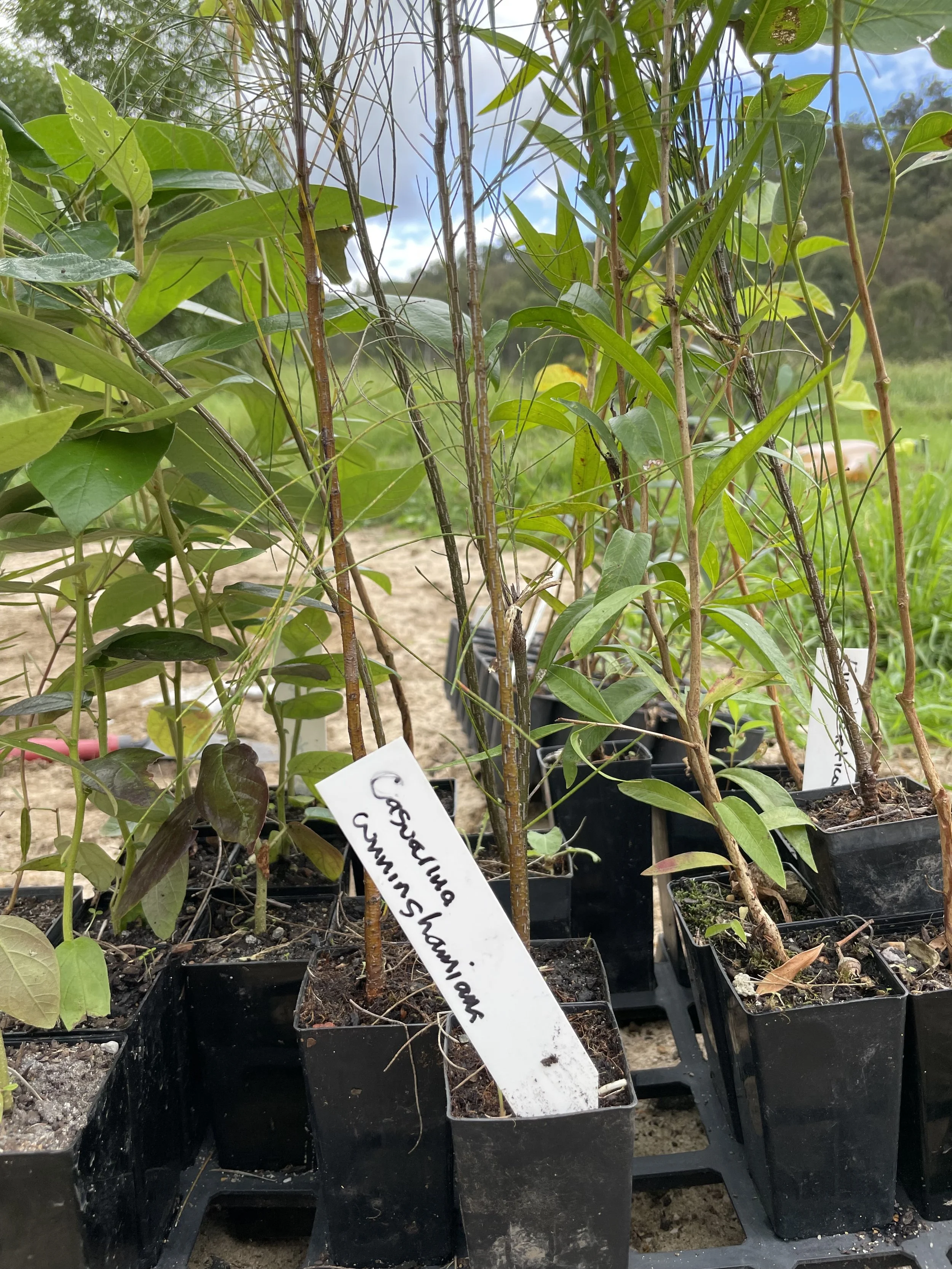
Tree Planting
Restoration in the aftermath
Planting vegetation in the aftermath of bushfires and floods plays a crucial role in stabilising riparian zones and restoring the health of the land. In the Upper Yango valley, landholders have made a dedicated effort to replant both flats and banks, ensuring long-term environmental resilience.
Lomandra has proven particularly effective in stabilising sandy soils near the water, reducing erosion and improving soil structure. Its deep-rooted system helps secure the banks, preventing further degradation. Additionally, various eucalypt species have been reintroduced into pastures close to the drop-off, promoting biodiversity and providing essential habitat for wildlife.
From 2022 to 2024, the Upper Yango community has successfully planted over 2,000 seedlings, demonstrating a strong commitment to land rehabilitation. These efforts not only stabilise the landscape but also enhance water quality, as plants filter runoff and reduce sediment flow into waterways.
By restoring vegetation in these vulnerable areas, landholders are mitigating the long-term impacts of natural disasters, ensuring more resilient ecosystems for the future. These plantings will continue to support the recovery of local flora and fauna, reinforcing the importance of proactive environmental stewardship in the wake of extreme weather events.
Rhonda introduces us to two excellent pamphlets covering planting in the Wollombi Valley.







